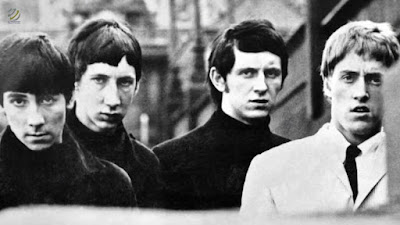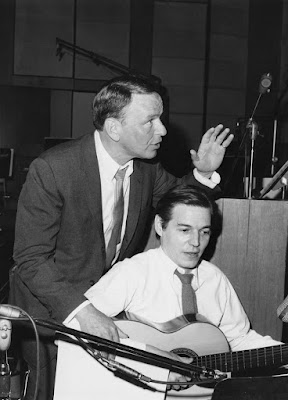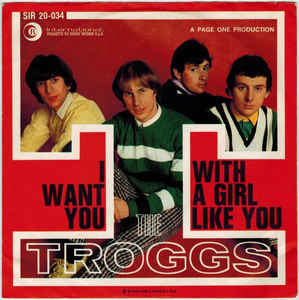Escrita Jim Capaldi e
Steve Winwood, foi lançada em maio de 1967 em um compacto que tinha
Giving to you como Lado B. Foi o compacto de estréia da banda
inglesa Traffic.
Chegou ao número 5 dos
charts britânicos e número 70 nos charts americanos. A canção é
famosa por seu riff de cítara, tocada por Dave Manson. Os vocais
foram de Steve Winwood.
A letra:
So you think your having
good times
With the boy that you just met
Kicking sand from beach to beach
Your clothes all soaking wet
But if you look around and see
A shadow on the run
Don't be too upset because its just a paper sun
Ahh Paper Sun, Ahh Paper Sun
In the room where you've been sleeping
All your clothes all thrown about
Cigarettes burn window sills
Your meter's all run out
But then again its nothing
You just split when day is done
Pitching lips to nowhere, hung up on the paper sun
Standing in the cool of my room
Fresh cut flowers give me sweet perfume
Too much sun will burn!
When you're feeling tired and lonely
You see people going home
You can't make the train fare
Or the six pence for the phone
And icicles your crying
From your cheek have just begun
Dont be sad, good times are had
Beneath the paper sun
Daylight breaks while you sleep on the sand
A seagull is stealing the ring from your hand
The boy who had given you so much fun
Has left you so cold in the paper sun
With the boy that you just met
Kicking sand from beach to beach
Your clothes all soaking wet
But if you look around and see
A shadow on the run
Don't be too upset because its just a paper sun
Ahh Paper Sun, Ahh Paper Sun
In the room where you've been sleeping
All your clothes all thrown about
Cigarettes burn window sills
Your meter's all run out
But then again its nothing
You just split when day is done
Pitching lips to nowhere, hung up on the paper sun
Standing in the cool of my room
Fresh cut flowers give me sweet perfume
Too much sun will burn!
When you're feeling tired and lonely
You see people going home
You can't make the train fare
Or the six pence for the phone
And icicles your crying
From your cheek have just begun
Dont be sad, good times are had
Beneath the paper sun
Daylight breaks while you sleep on the sand
A seagull is stealing the ring from your hand
The boy who had given you so much fun
Has left you so cold in the paper sun
A versão do Traffic:
A versão de Danny McEvoy:
A versão de Craig Hood:























